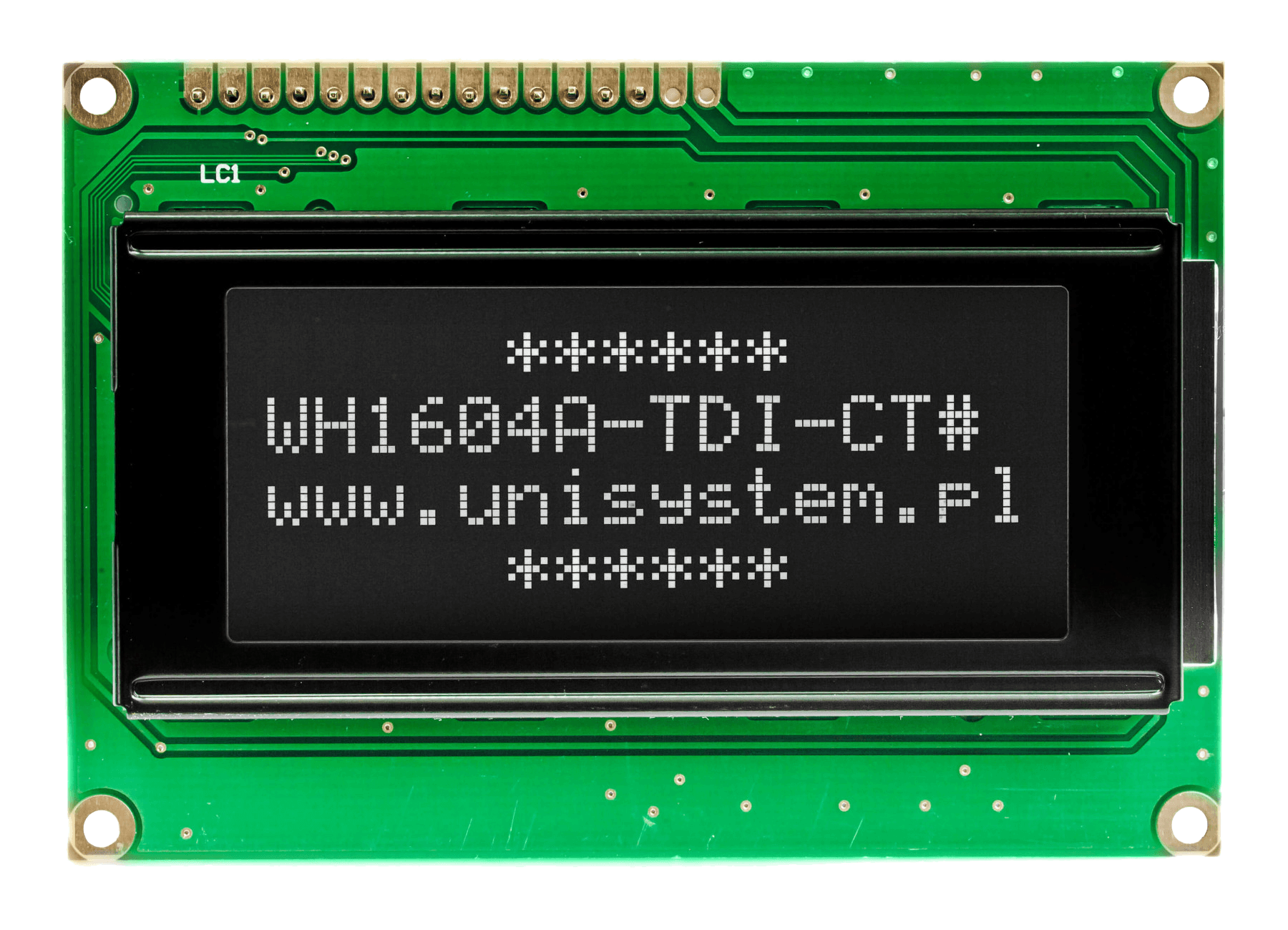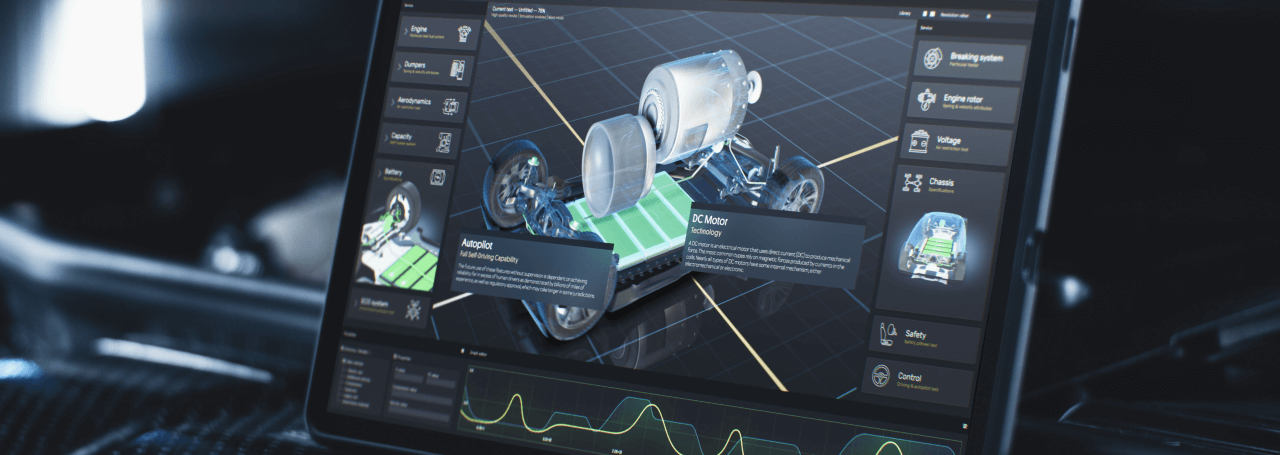A quick introduction to reflective LCD displays
Every LCD screen requires an external light source to remain visible. The way light is provided to the LCD cell can be solved in four different modes:
- Reflective – does not have backlight, but reflects ambient light
- Transmissive – consists of a LCD cell and a backlight (in most cases white LEDs)
- Transflective – is a combination of both above technologies
- Reflective with frontlight – incorporates an additional light source (lamp or LED), which is then reflected back by the mirror

How does a reflective LCD display work?
A reflective mode uses the light available in its vicinity. This light is passed through the LCD cell from the front side to a mirror, which is installed behind the liquid crystal layer. The mirror can be placed either inside the LCD cell or on the rear polarizer. Next, the ambient light is reflected by the mirror back to the viewer. This way the image presented on the screen is visible.
Here is a straightforward explanation of transmissive LCD and reflective LCD technologies:
What are the reflective LCDs best for?
The reflective LCD displays are mostly used in outdoor, well-lit applications. Most important benefits from using this kind of LCDs are:
- Great sunlight readability – remain visible in the highest levels of direct sunlight or bright artificial light – no washout effect on multiple viewing angles!
- Very low power consumption – no need for additional backlight makes this design more energy efficient.
- Thin & lightweight – since there is no backlight and no ventilation mechanism to cool down a backlight-lit display.
Those advantages make the reflective LCDs perfect for:
- Outdoor daytime applications with lots of sunlight, where transmissive LCD displays need a strong backlight;
- Indoor applications with bright artificial light;
- Devices placed in remote areas, where low energy consumption and low maintenance are crucial;
- Devices dependent on solar power, where energy efficiency is prime factor.
Example applications:
- shelf edge labels
- calculators
- watches
- e-bike
- e-scooter
- digital signage
- military
- weather stations
- EV chargers
- solar panel plantations
What are the drawbacks of using reflective mode LCDs?
Limitations of a reflective LCD include:
- To be visible at all during night-time or in dark settings some form of additional lighting is required.
- Performance of this technology depends heavily on having sufficient ambient light in order to be readable and this is a factor that the end-user may not always be able to control.
- Monochrome displays – in general, there are no reflective full-color TFTs, but there are color LPRDs (refer to video below).


What is a LPRD – Low Power Reflective Displays (LPRD)?
There is an interesting variation of classic, monochrome reflective LCD displays. It is called LPRD and allows using colors on a reflective and energy efficient display modules.
This video provides a brief LPRD explainer:
How can we help you?
Riverdi is the display manufacturer based in Europe. We focus on highest quality display solutions. Our experts and top engineers will provide the right combination of screen, processor, panel, and coating to meet your needs.
If you need a reflective display, contact us. Although we do not manufacture those at the moment, there are various solutions we could offer in this matter.
DISCOVER OUR
Whitepaper
Achieve the perfect user-display interaction with the right Touch Sensor IC. Ever faced issues with phantom touch events or certification? Boost your R&D like a pro with our Whitepaper!



